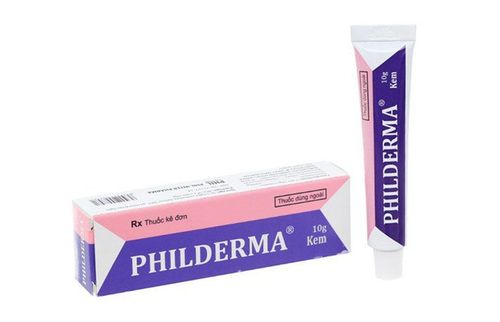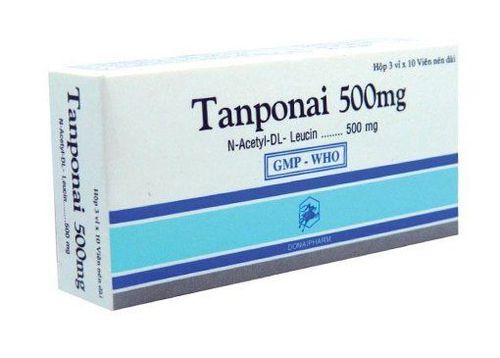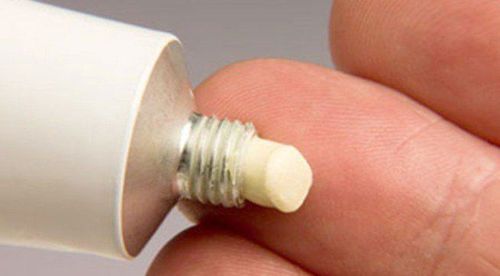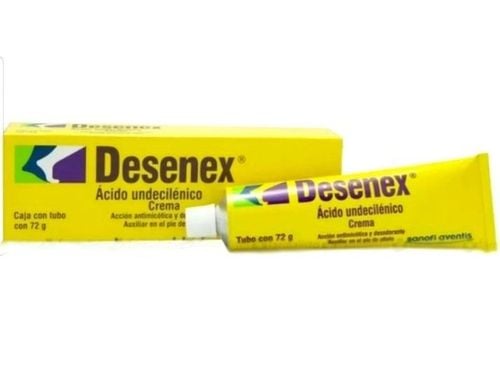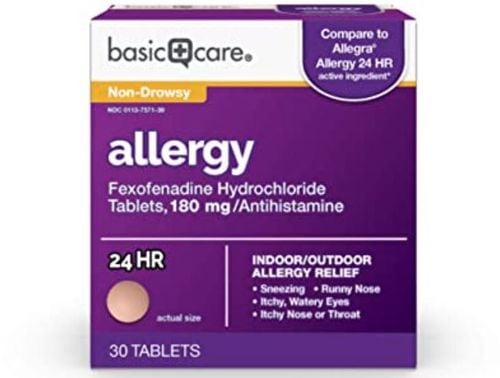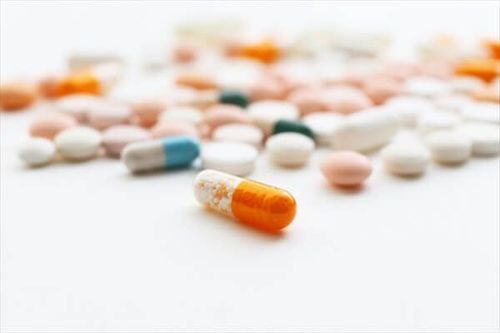This is an automatically translated article.
Article written by Pharmacist Cao Thanh Tu - Faculty of Pharmacy - Vinmec Times City International Hospital
For a long time, topical corticosteroids have been used to treat many skin diseases due to their strong anti-inflammatory effects, helping to improve symptoms markedly. However, drugs do not treat the root cause of the disease, and overuse of the drug increases the risk of side effects.
1. What are corticosteroids?
Corticosteroids are a group of drugs with strong anti-inflammatory effects. Topical corticosteroids are medicines that are used directly on the skin to reduce redness, itching, and rashes. Therefore, this group of drugs is often used in diseases such as eczema, contact dermatitis, psoriasis, rashes, insect stings...Topical corticosteroids have many forms of use (fat, cream, gel, lotion). , foam, shampoo, etc.) and different content.
2. Why not use it arbitrarily?
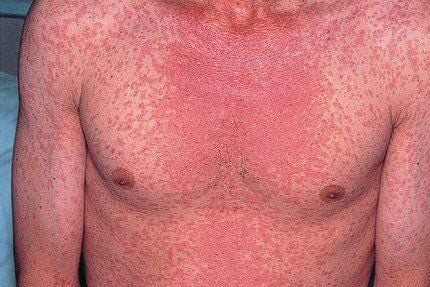
Trường hợp bị bệnh vẩy nến nặng cần sử dụng loại corticoid mạnh
Topical corticosteroids are widely indicated in many different skin diseases. There are also many corticosteroid products on the market that differ in composition, content, and dosage form. The use of corticosteroids depends on the type of disease to be treated and the severity of the disease. Therefore, two patients with two different diseases or two patients with the same disease but with different severity or location of the disease. Different diseases may require different corticosteroids.
For example, patients with severe psoriasis may need strong corticosteroids, but if the condition is mild, in thin areas of skin (such as the face), weak corticosteroids should be used. Failure to choose the right corticosteroid can lead to no improvement in symptoms or an increased risk of serious side effects, especially in patients with chronic skin disease.
Moreover, patients often cannot distinguish symptoms caused by dermatitis or caused by other causes (which when using corticosteroids may not be effective). Corticosteroids can also aggravate some skin diseases (eg, tinea versicolor, dermatitis herpetiformis). Therefore, do not self-medicate without consulting a pharmacist or doctor.
3. How to recognize drugs containing corticosteroids
To know if the medicine you are using contains corticosteroids, you can check the information in the leaflet that comes with the medicine. Usually this information is available under “pharmacological properties” or “pharmacokinetics”. Note that in the package insert, the manufacturer may use other names for corticosteroids such as glucocorticoids or corticosteroids. Or you can see the "ingredients" section to see what active ingredients are in the medicine. Commonly used corticosteroids are hydrocortisone acetate, triamcinolone acetonide, mometasone furoate, clobetasone butyrate, clobetasol propionate, betamethasone valerate, betamethasone dipropionate, and fluocinolone acetonide.
On the market today, there are many types of mixed cream of unknown origin. In the composition of these creams may contain corticosteroids even though the product label does not mention it. Consumers cannot perceive with the naked eye. Therefore, it should be noted that only drugs of clear origin should be used.
4. Dangerous complications when using topical corticosteroids

Trường hợp tự ý sử dụng corticoid hiệu lực mạnh liên tục có thể gây ra hội chứng Cushing
In general, topical corticosteroids usually do not cause serious side effects if used exactly as recommended doses. However, if the drug is used for a long time or uses strong corticosteroids or over a large area of skin, the risk of side effects is higher. The elderly and children are susceptible to side effects of the drug.
Common side effects of topical corticosteroids are a slight stinging and burning sensation. This feeling usually goes away after a few uses. In addition, the drug may cause other side effects such as thinning of the skin, stretch marks, changes in skin pigmentation, easy bruising, lesions, delayed wound healing, acne or rosacea, hirsutism in the skin. treatment area, fungal and bacterial superinfection.
Even for topical use, some drug can still pass through the skin and be absorbed into the bloodstream. Usually this amount is small and does not cause systemic side effects. But with continuous, long-term use of high-potency corticosteroids over large areas of skin, the amount of absorbed drug may be large enough to cause other side effects such as growth retardation in children, Cushing's syndrome.
5. Notes when taking medicine

Hãy đến cơ sở y tế uy tín để được bác sĩ khám và kê đơn thuốc khi mắc các bệnh ngoài da
In order to safely and effectively use topical corticosteroids, the following issues should be noted:
For creams and ointments: use only a sufficient amount of medicine to create a layer of film covering the diseased skin, gently rub the affected area. gently until the drug is no longer visible. For spray, foam or shampoo, refer to manufacturer's recommended use or as directed by your doctor/pharmacist. The usual dose is 1-2 times/day. Do not arbitrarily use more than once or use on the face, genitals, anus unless directed by a doctor. Do not use on unbroken skin or skin rubbing together, do not cover the treated area with a bandage (unless otherwise directed by your doctor). The duration of treatment for an exacerbation is usually 1-2 weeks. For some skin diseases, the course of treatment may be longer or may require repeated treatments. In case you are using a topical corticosteroid for a long time (for several weeks or more), do not stop the drug suddenly and need to reduce the dose gradually to prevent symptoms from returning. When multiple topical agents are used concurrently, they should be spaced (eg, 30 minutes apart) to avoid diluting the concentration of the corticosteroid or spreading the drug to unaffected areas of the skin. If topical corticosteroids are used with a moisturizer, apply the moisturizer first, and wait about 30 minutes before applying topical corticosteroids. When suffering from skin diseases, you should go to a reputable medical facility to be examined and prescribed by a doctor. . Vinmec International General Hospital is a high-quality medical facility in Vietnam with well-trained, in-depth, highly qualified, experienced doctors who regularly participate in training courses at Vinmec International Hospital. abroad to improve professional quality. The medical equipment system is fully equipped and modern, imported from the US, Japan, Korea, and the Netherlands.
To register for examination and treatment at Vinmec International General Hospital, you can contact the nationwide Vinmec Health System Hotline, or register online HERE.




